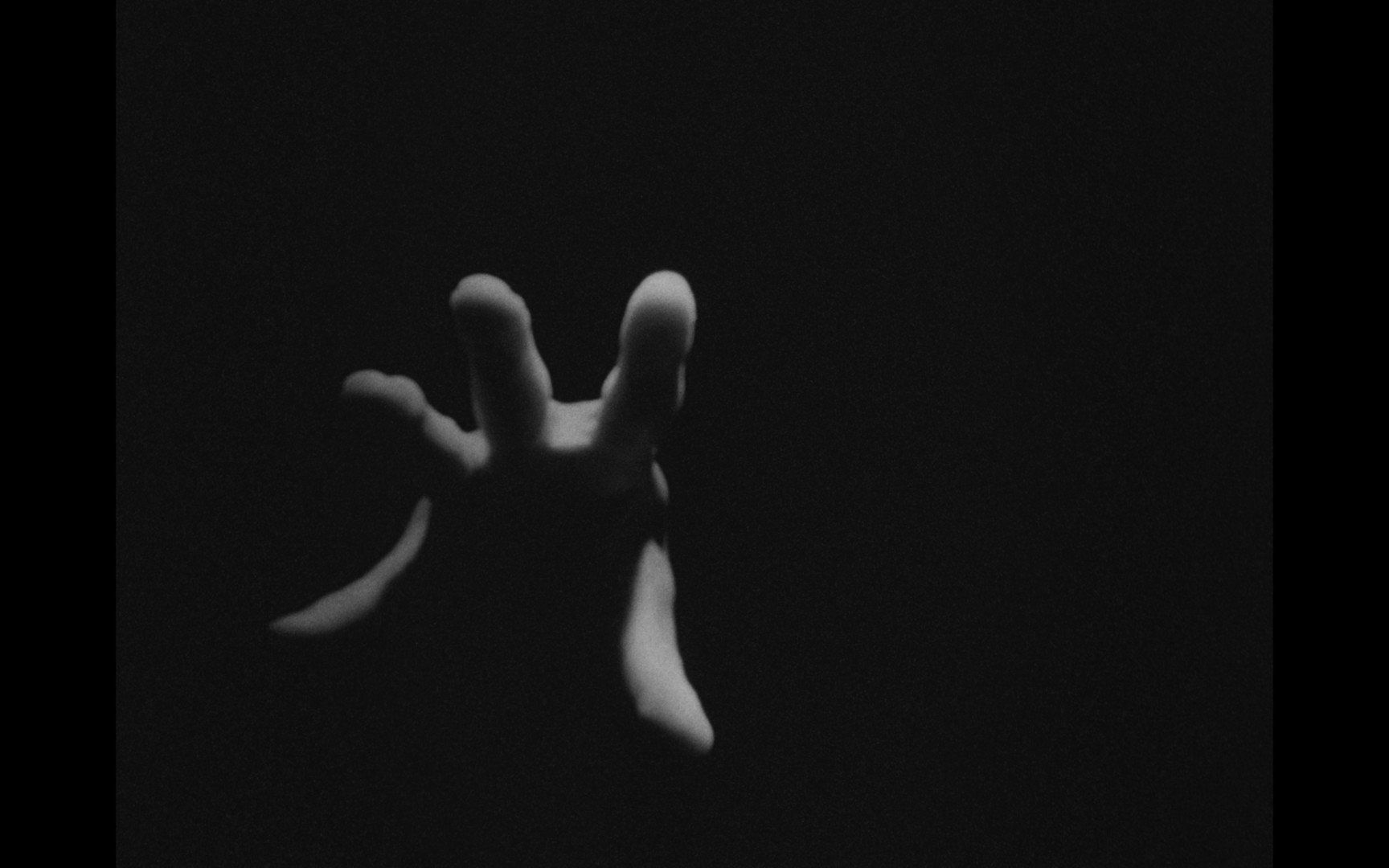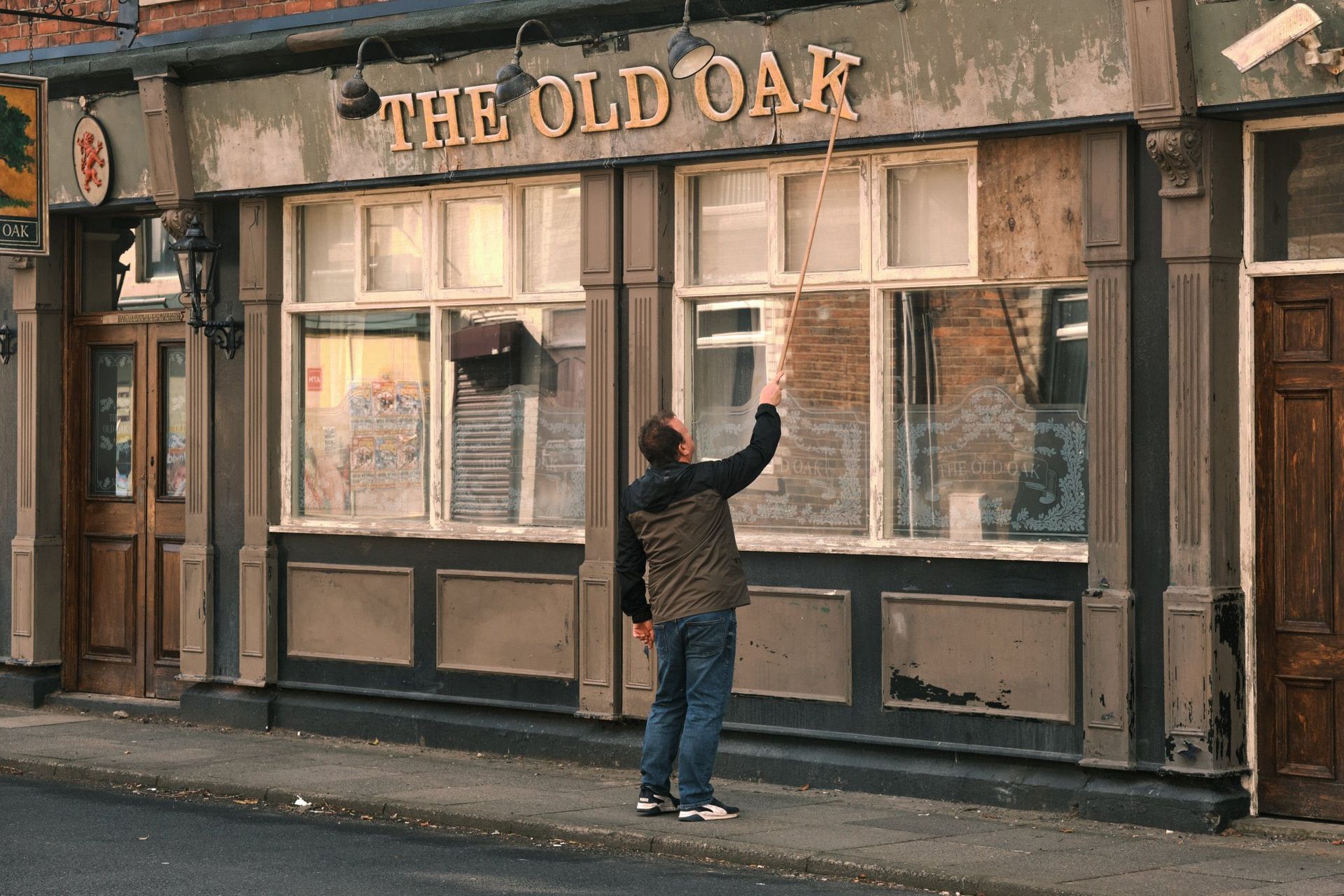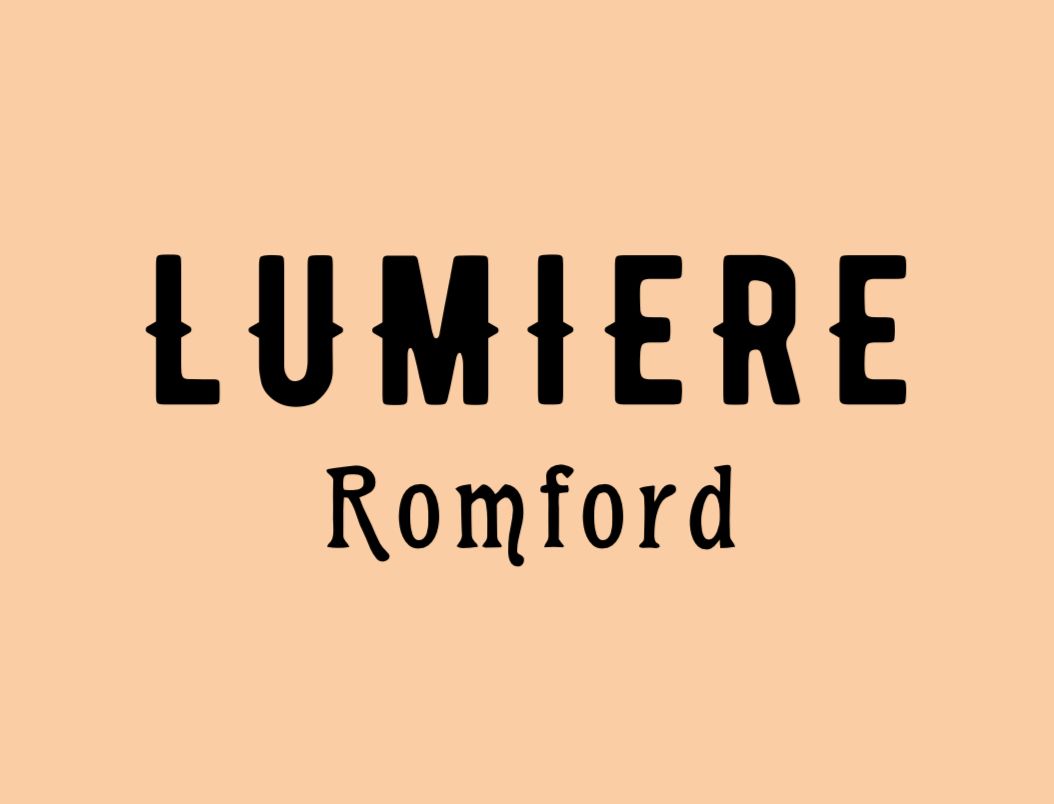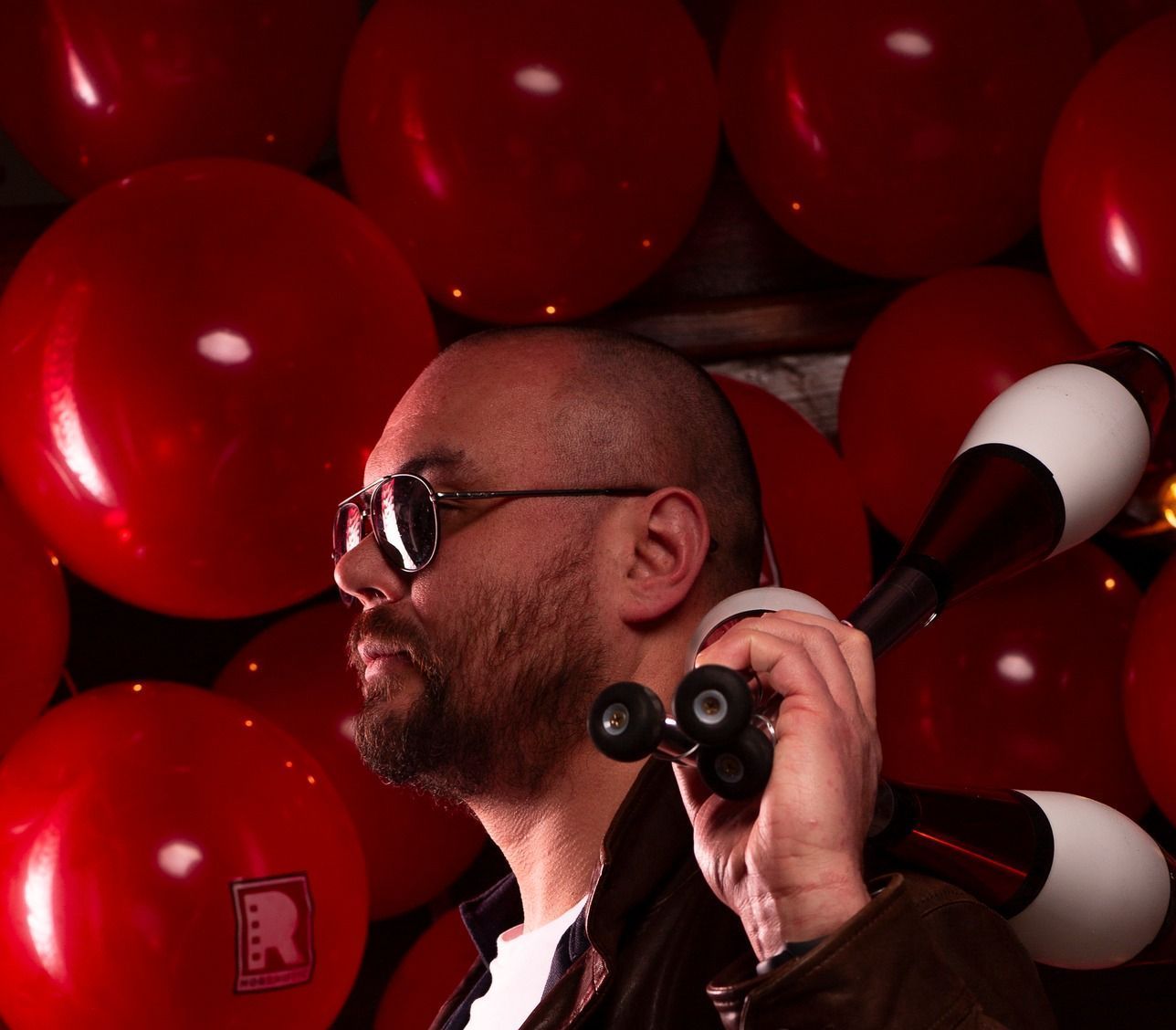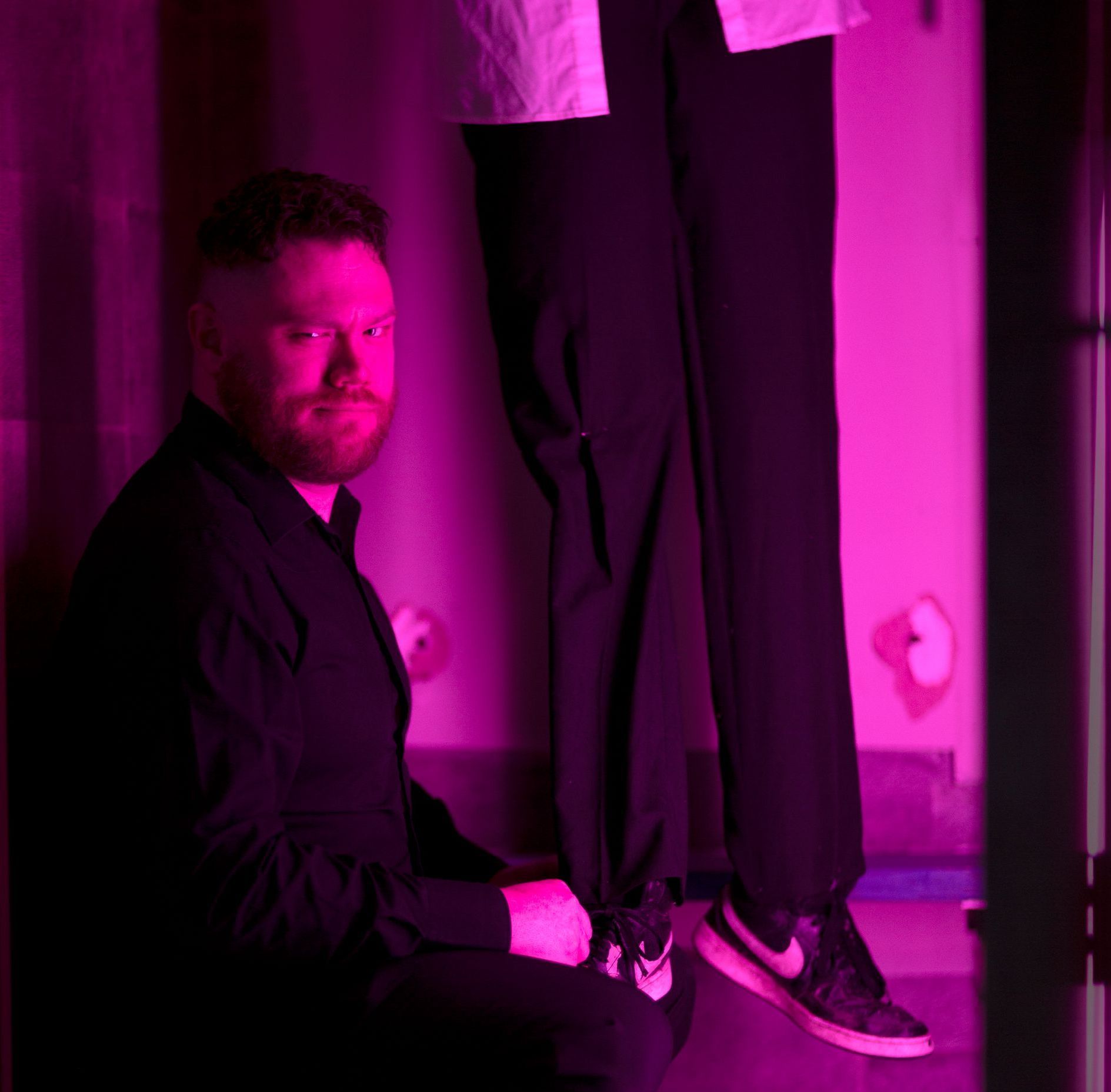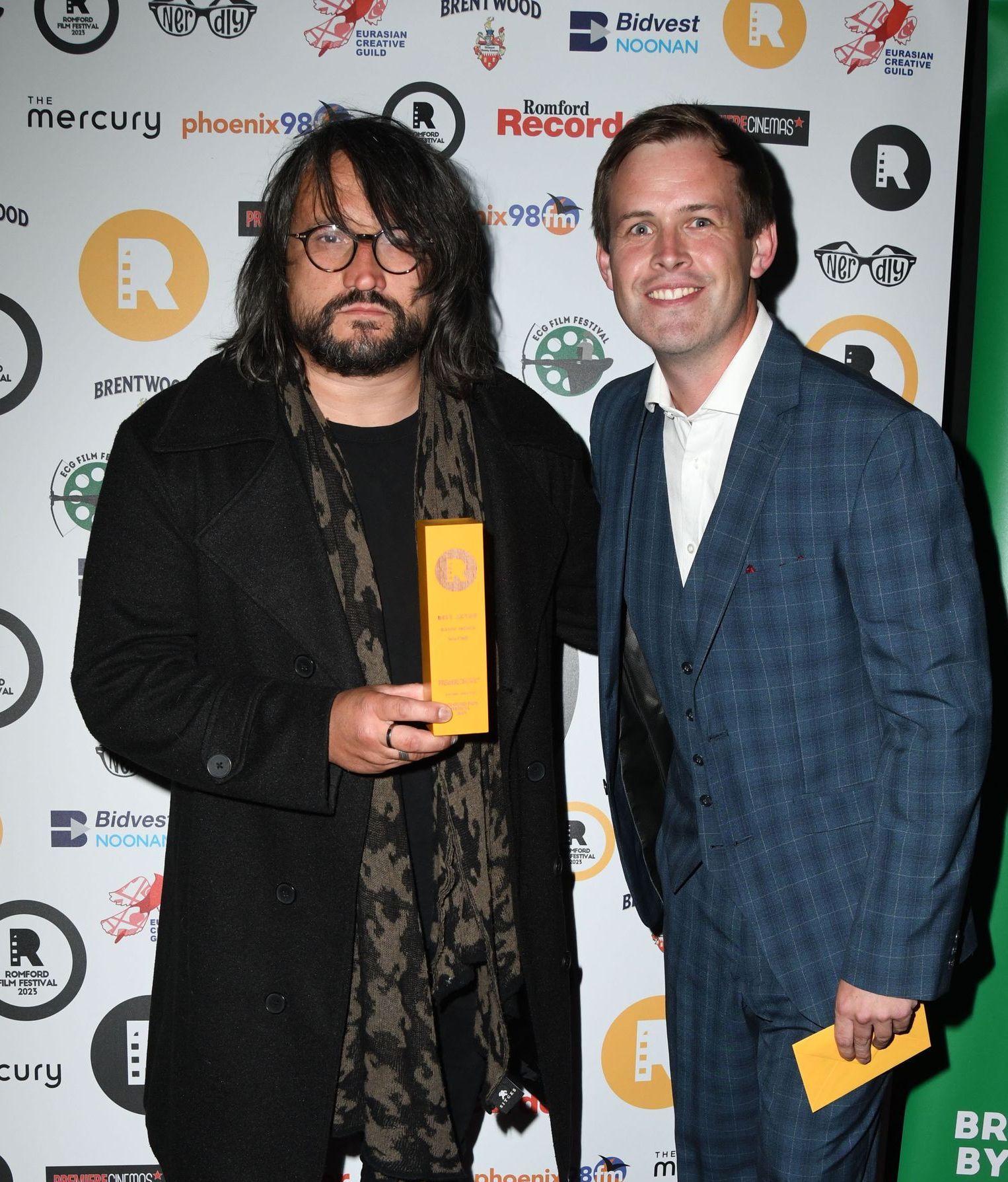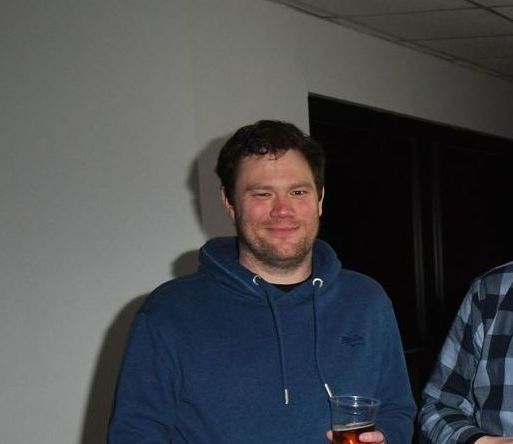Festival Focus - The Tick
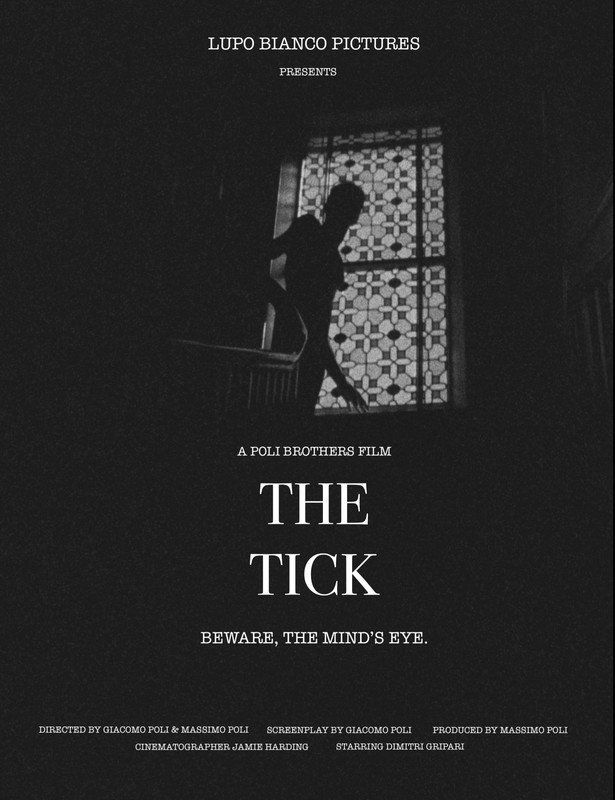
One of the more experimental films showing this year is The Tick, directed by first time filmmakers Giacomo Poli and Massimo Poli. The short black and white film was shot on 16mm film and relies on bold lighting and careful composition to create a build of tension. It explores fear and the manifestation of dreams. The story focuses on the eponymous recluse, who is isolated and obsessive existence is thrown into anxiety and repulsion upon the discovery a mysterious parasite in the basin of his sink.
“The Tick’s genesis stems from an avid interest in dreams and dream theory, with particular consideration regarding the works of Carl Jung and the concept of nightmares. Thus, an anxiety-riddled character was formed in a surreal and frightening environment, in order to grapple with ideas of the manifestation of fear.
Why does an individual dream, and in what manner? Why is an individual scared by certain subjects or scenarios? And, most crucially: What does internal surreal and subconscious abstract imagery say about one’s inner-most secrets, urges, fears and insecurities?”
Many psychologists have their own theory as to why we dream, and there are countless books that can tell us the meaning of our dreams. Freud, for example, believed that the unconscious mind expresses itself in dreams and we use it as a way of problem solving. Carl Jung was a Swiss psychiatrist who founded the field of analytical psychology. He believed that dreams were the psyche’s way of communicating messages to the dreamer from the unconscious. This then begs the question, what is The Tick trying to tell us?
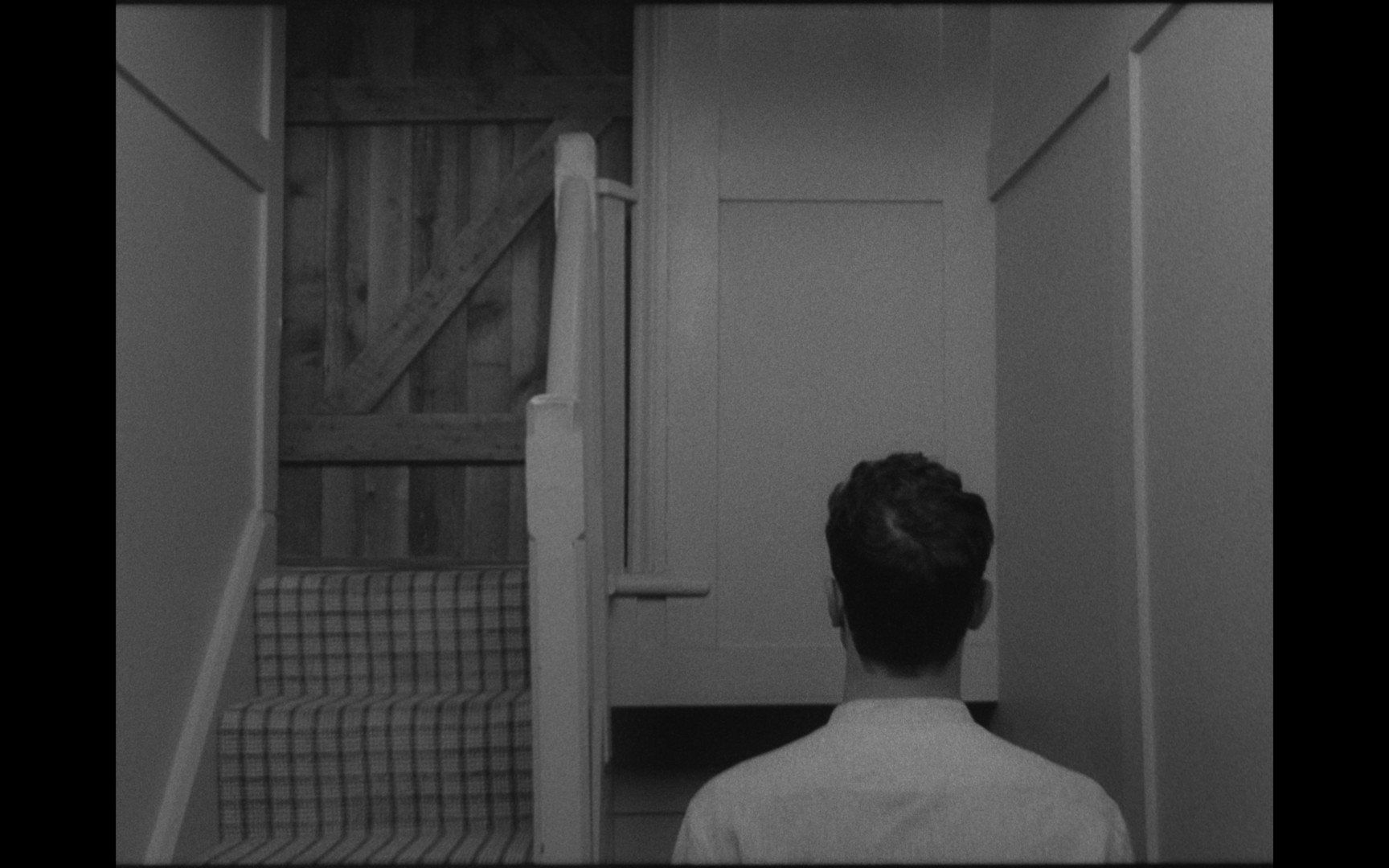
The jagged movements and uncomfortable eye contact from Poli’s character transports us into a dream world, one where we know running away from the monster will not get is far, and our punches are less than effective.
To shoot on 16mm film for the first time is a bold move, and one that pays off. “As new filmmakers, we wanted to create a challenge for ourselves. To successfully execute a well-paced, visually-narrative picture, that did not rely on dialogue or plot, in order to be captivating - whilst having our emotional and atmospheric intentions effectively transmitted. This harks back to an earlier form of filmmaking, in particular silent movies, which focused on camera, lighting, blocking and expression to successfully create a palpable world and engaging characters within it.
However, there are some modern films, from directors still working with the technologies and spirit with which we align ourselves with. These include Schindler’s list and The lighthouse. As for the tone of the film, the works of Kubrick and Lynch were beautiful sources of inspiration in terms of style and camerawork.”
